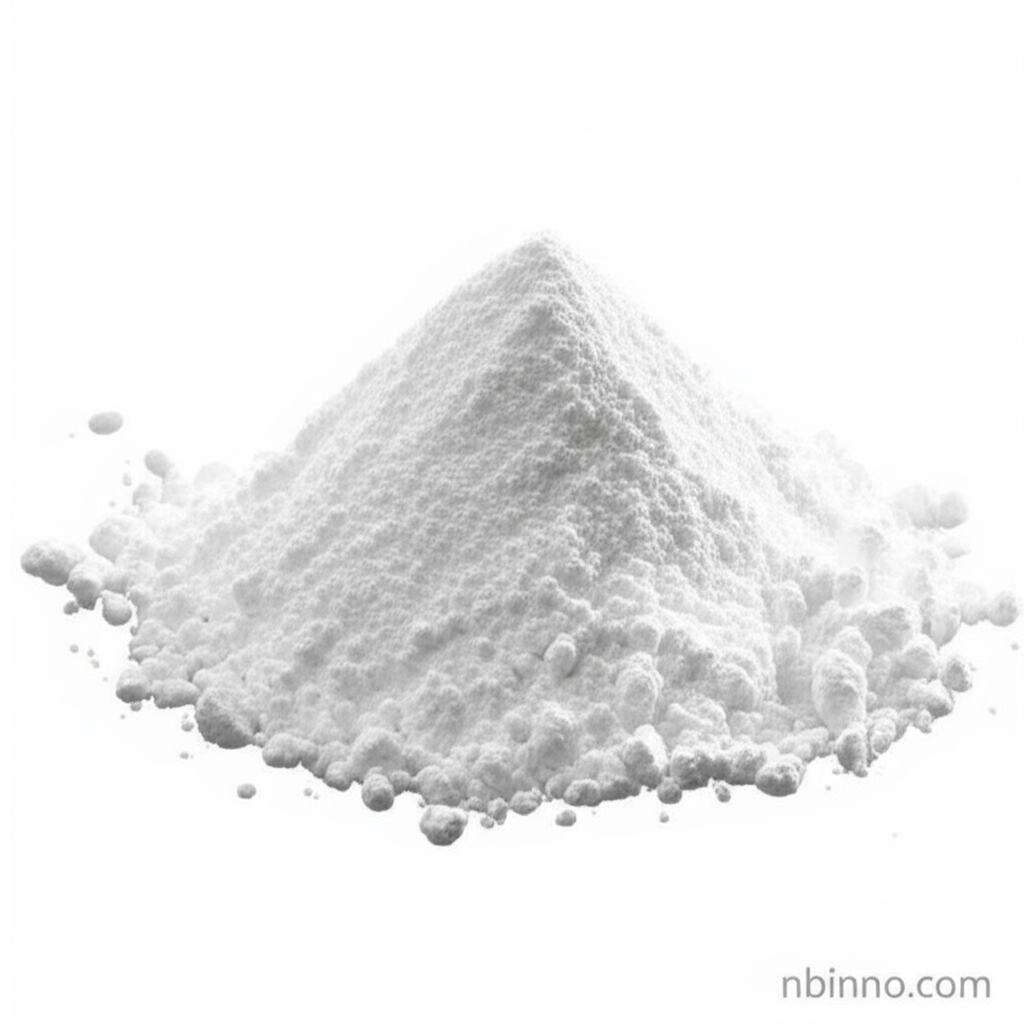Unlock Superior Fire Safety with Antimony Composite Flame Retardant
Enhance your plastic materials with our high-efficiency, cost-effective flame retardant solution.
Get a Quote & SampleProduct Core Value

Antimony Composite Flame Retardant
Discover the next generation of fire protection for your polymers. Our Antimony Composite Flame Retardant offers a powerful combination of efficacy, economy, and environmental responsibility, making it an ideal choice for demanding applications.
- Achieve superior fire safety with our cost-effective flame retardant for PBT, ensuring compliance and product integrity.
- This high-efficiency flame retardant additive provides excellent performance with significantly lower addition amounts.
- Benefit from improved water resistance and no precipitation or migration, ensuring long-term stability for your materials.
- Our eco-friendly flame retardant for PVC meets strict environmental regulations like ROSH and REACH, promoting safer manufacturing.
Key Advantages
Cost Efficiency
Significantly reduce your material costs with this advanced flame retardant, offering substantial savings compared to traditional antimony trioxide solutions.
High Performance
Experience exceptional flame retardancy, enabling your products to meet stringent safety standards like UL94-V0, crucial for plastic auxiliary agents.
Environmental Compliance
Utilize an eco-friendly flame retardant that adheres to global standards, ensuring sustainable and responsible product development.
Key Applications
Polyamide (PA) Enhancement
Improve the fire safety of Polyamide (PA) plastics with our advanced flame retardant, a critical step for durable components.
Polybutylene Terephthalate (PBT) Protection
Ensure maximum fire resistance for Polybutylene Terephthalate (PBT) applications using this high-efficiency additive.
Polyvinyl Chloride (PVC) Safety
Safeguard Polyvinyl Chloride (PVC) products from fire hazards with our reliable and compliant flame retardant solution.
Polypropylene (PP) and ABS
Enhance the flame retardancy of Polypropylene (PP) and ABS materials, meeting industry demands for safety.
